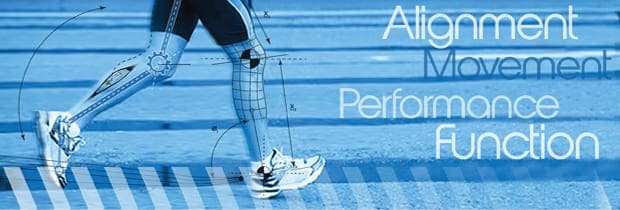At NYDNR we use most advanced force plate technology and 3D video analysis to evaluate biomechanics of an athlete in motion. This cutting edge analysis is of particular importance to runners and athletes who are involved in cutting and jumping movements.
Biomechanical analysis can register the forces involved with athletic movement. When these forces exceed normal there is excessive stress to joints, muscles and ligaments. The excessive forces are always the result of poor muscle coordination, improper technique (motor control) and muscular weakness. The in depth biomechanical analysis allows differentiation of these factors and provides proper strategy to reduce injury and improve performance.
The combination of force plate and high-speed cameras with intricate software allows us to register and measure:
- Ground reaction forces (shock absorption mechanisms);
- Joint angles;
- Compensation patterns (whenever there is a deficit in strength or technique the body will initially create compensation pattern in order to allow performance. When compensation patterns are no longer sufficient the body will be prone to injury, performance will be reduced and the athlete will be fatigued. How is biomechanical analysis performed? The runner is performing several movements particular to his sport over the force plate and motion capture area of the lab. These movements are recorded and biomechanical parameters are measured.
In order to take the best course of action in a treatment plan for your condition, it’s important to have a keen understanding of the external and internal forces that are at work during movement.
Not only is it important for the staff to understand these forces, it allows you to put your own damage control in place, avoiding further injury or future injuries during movement. Through careful study of biomechanics and motor control, we will be able to help you to
correct your movement patterns. As a result, you can avoid muscle strain, improve shock absorption, avoid overloading your joints and improve performance by becoming more efficient athlete.





























